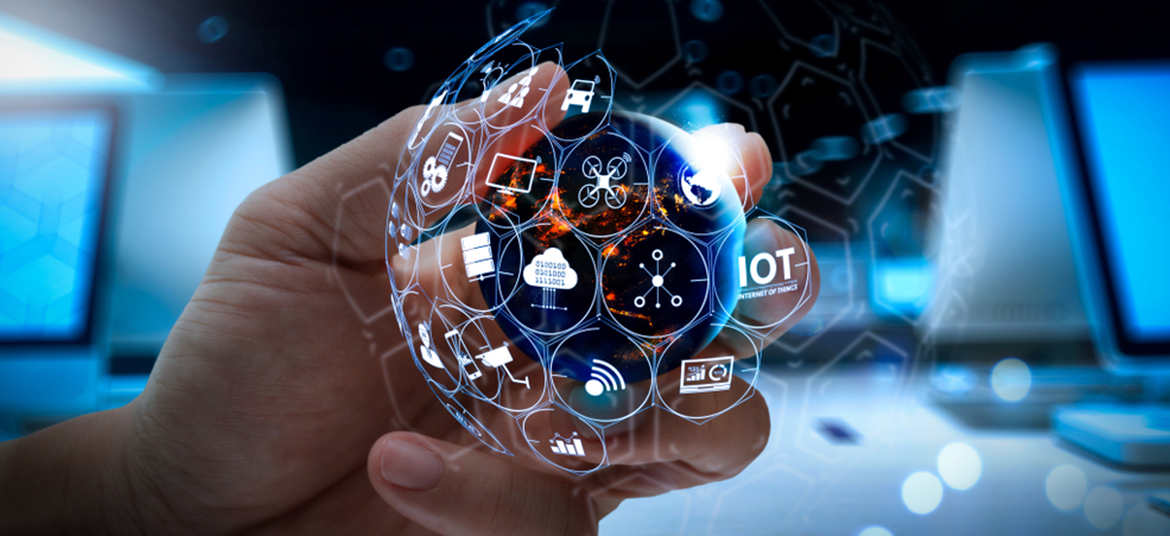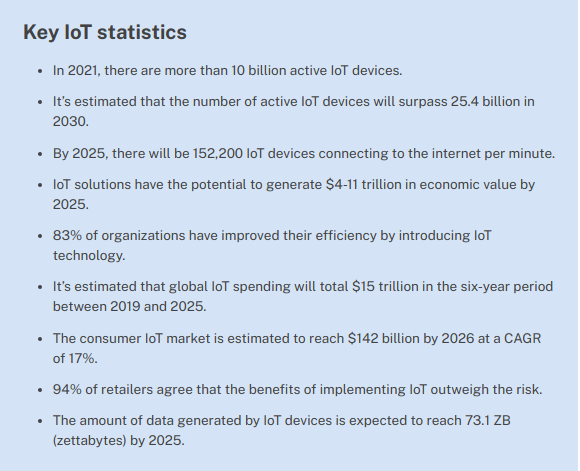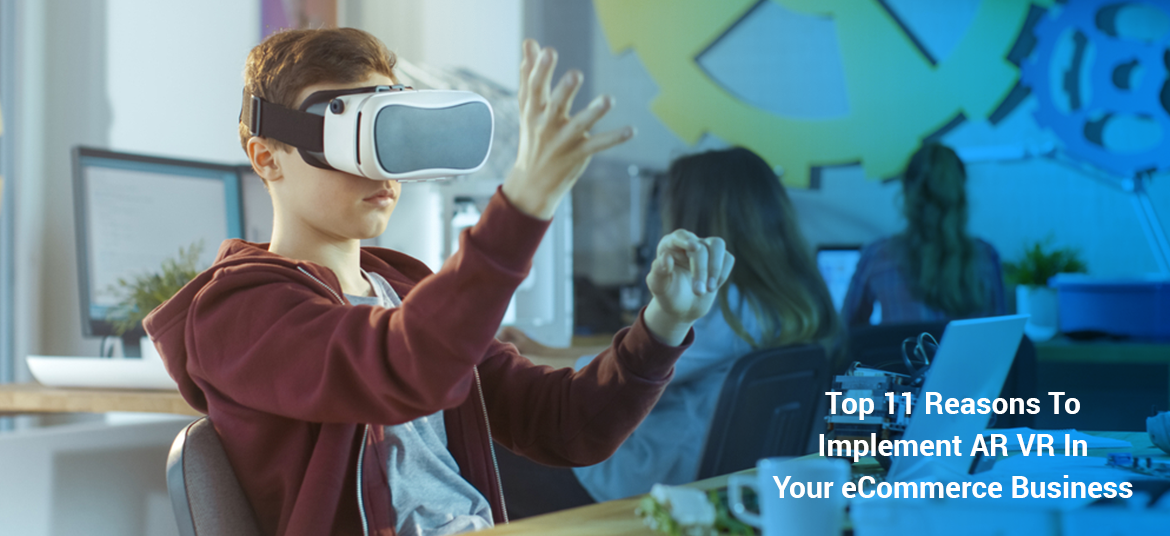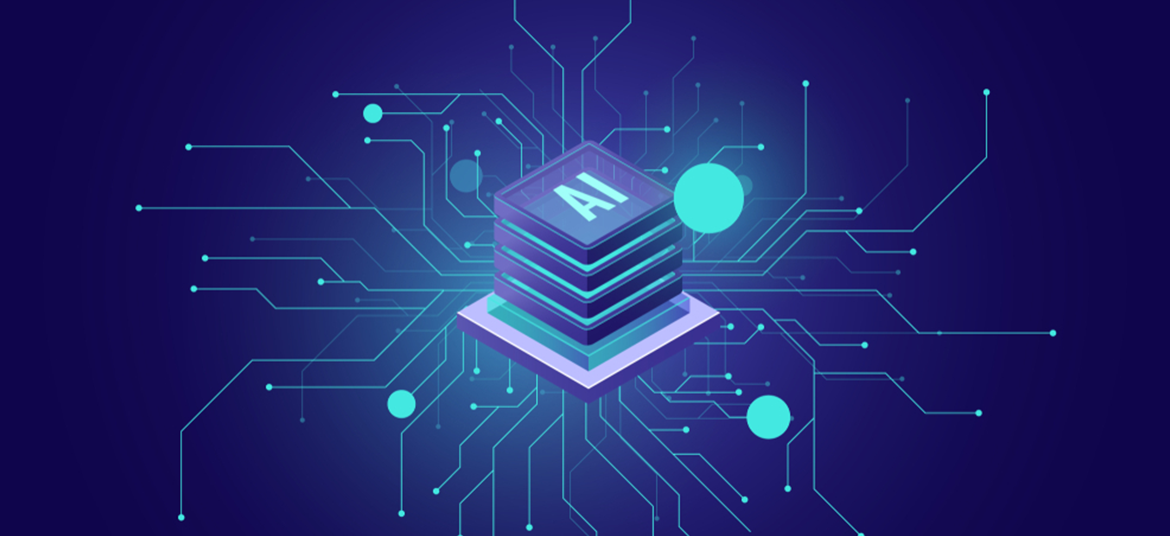Related Articles
Top 11 Reasons To Implement AR VR In Your eCommerce Business
Here’s why you should implement AR/VR in your e-commerce business to maximize ROI.
Read The PostTop 7 Ways Augmented Reality (AR) Is Transforming the Food & Beverage Industry
Augmented Reality (AR) is transforming the F&B industry in several ways. AR apps help restaurants and other food service businesses address modern challenges effectively.
Read The PostTop Programming Languages to Design AI Apps in 2021
Which programming language is best for developing AI applications in 2021? Python or Java? Explore the top 9 programming languages for AI app development.
Read The Post



